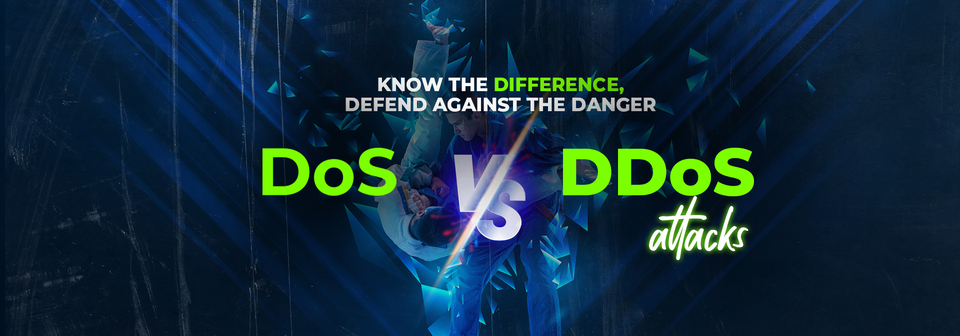How to Think Like a Hacker — and Defend Your Data
How do hackers hack?
What tools and techniques are commonly used against organizations to gain unauthorized access into systems?
Where can we learn about the mindset of hackers and how to best protect our personal and professional data?
How can you disrupt (or stop) your information from being stolen?
WHO IS MISHAAL KHAN?
A few weeks back, I was in Las Vegas for the World Game Protection Conference as an invited keynote speaker covering ransomware stories. The presentation immediately prior to mine on the main stage was given by Mishaal Khan, who gave an entertaining keynote that demonstrated how hackers “do their thing” — often with information that is openly available to everyone online.
Not only did I enjoy and learn from Khan’s presentation, I had several follow-up conversations with him regarding cybersecurity, hacking, industry trends and much more. I was impressed with his passion, expertise and role as a vCISO and cybersecurity practice lead, in addition to his hacking roles. Mishaal is also an advocate for better online privacy, and he offers tips to audiences on how to protect your data.
You can learn more about Khan at his website bio. He’s co-author of The Phantom CISO, and he leans into the “hacker with a hoody” persona — which many in the cybersecurity industry shy away from. He also offers many presentations, podcasts and other online cyber resources at his website.

Dan Lohrmann (DL): Have you always wanted to be a hacker? When did you discover that you “think like a hacker”?
Mishaal Khan (MK): Ever since my middle school days, I’ve been immersed in a world of gadgets and computer parts, all thanks to my dad’s computer repair shop. Surrounded by the hum of computer fans, I couldn’t help but be drawn into the intricate workings of computers. As my understanding…



